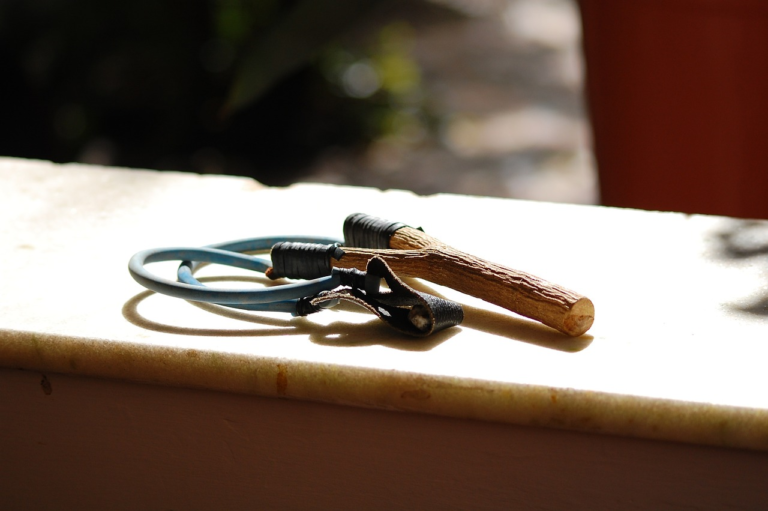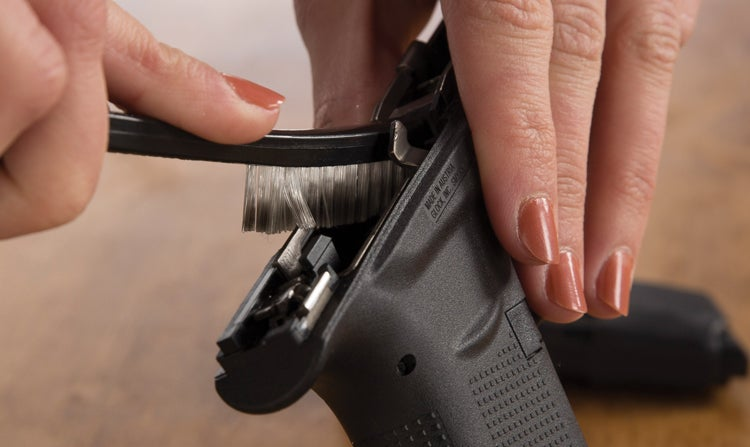How 6 Tips to Preserve Game Meat Could Save Your Life
Preventing the decomposition of meat is known as meat preservation. Refrigeration, drying, salting, smoking, and curing are all ways to prevent meat from spoiling. The first way to keep meat fresh was to dry it in the sun. This was done because it kept the meat fresher for longer than just storing it somewhere cool. Since prehistoric times, meat preservation has been used to ensure survival during times of food shortage or famine.
Mammalian meats like deer, elk, and moose are the most frequently harvested by hunters. birds such as pheasants or ducks; fish like trout or salmon; rattlesnakes and other reptiles; insects like grasshoppers and crickets.
I highly highly recommend that you check on Wild Side of the Menu No. 3 Preservation of Game Meats and Fish on how you should prepare to preserve your meat in many various methods by the North Dakota State University.
We’ll focus here on specifically on game meat such as deer, rabbits, duck, moose, elk and animals of that nature, the basic ones.

1. Clean The Meat
Clean the Meat Even though you field dressed the deer in the fields, you should finish cleaning up when you get home, where you might have access to more tools and resources. Remove any lingering pieces of fat, membrane, entrails, dirt, and blood by carefully inspecting it. Also get rid of any bones and connective tissue that might help keep the meat cool. If you want more tips on how to preserve meat, you can check out 9 Ways To Preserve Meat In The Wild [Ingenious]
2. The Sunlight
The Sunlight You can dry and preserve the meat with the help of the sun. This is best described as primitive, but if you’re far out in the woods, it might be the first practical way to keep it from rotting. This approach has numerous drawbacks. This method is not very hygienic because the meat can easily be infected by insects and can attract a lot of flies. However, if you have one, you can protect it with a net.
3. Curing

Salt is used to drain the meat’s fluids during the curing or corning process. Without water, salt prevents bacterial growth and dehydrates the meat. A dry cure is another name for this approach. Another way to cure meat is with a wet cure.
4. Wet Cure
Submerging the meat in a salty solution is called a wet cure. The meat is kept for some time in the salty solution. Remove the meat from the solution and allow it to dry after it has been in there for some time. After that, a layer of salt that stops the growth of microorganisms will be applied to it.
5. Smoking
Smoking is another method for preserving the meat. To dry out all of the meat’s fluids, you need to set up a system in which you build a fire that produces a lot of smoke. Smoking the meat also imparts flavor to it. You can read more about smoking here on The 5 Best Ways to Preserve Meat in the Wild.
6. Pickling
Curing and picking are similar processes. With salt, sugar, and sometimes spices, you make a brine when you pickle. The meat should then be submerged for some time in the brine. Pickling takes a little longer and requires more skill.
Conclusion
To preserve meat, early humans chilled animals through freezing or feasted them on blood. Freezing meat chilled it quickly and prevented decay. Early humans also preserved meat in seal bundles or sand sealed in animal stomachs.
Certain animal fats could also preserve meat over time; early people even used animal lard to keep food cold. If they wanted fresh meat, early humans also hunted live animals as they ate them.
Meat can also be preserved with salt or other ingredients such as herbs or spices to preserve its color and flavor while preventing bacterial growth.
Whatever method you use, make sure that you do it as soon as you have obtained your kill! If you’re looking for preservation of fish too, you could look at Proper Processing of Wild Game and Fish






